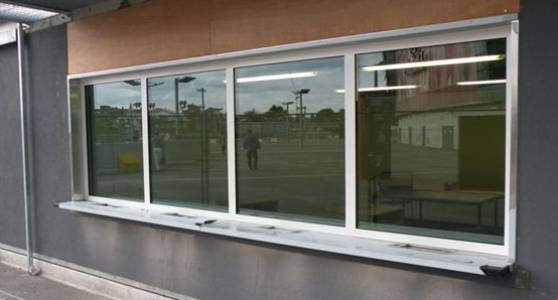
Laminated glass is a type of safety glass that consists of two or more layers of glass bonded together by a layer of Polyvinyl Butyral (PVB) or SentryGlas interlayer. This innovative construction provides significantly enhanced performance compared to traditional annealed glass, making it ideal for a wide range of applications.
Unmatched Safety:
Beyond Safety: Enhanced Performance:
Applications:
Laminated glass is widely used in various applications, including:
Customization:
Laminated glass can be customized to meet specific requirements:
Conclusion:
Laminated glass is a versatile and high-performance material offering superior safety, enhanced sound insulation, and UV protection. Its versatility makes it suitable for a wide range of applications, providing both enhanced safety and aesthetic appeal. Choose laminated glass for a superior solution that combines functionality and durability.